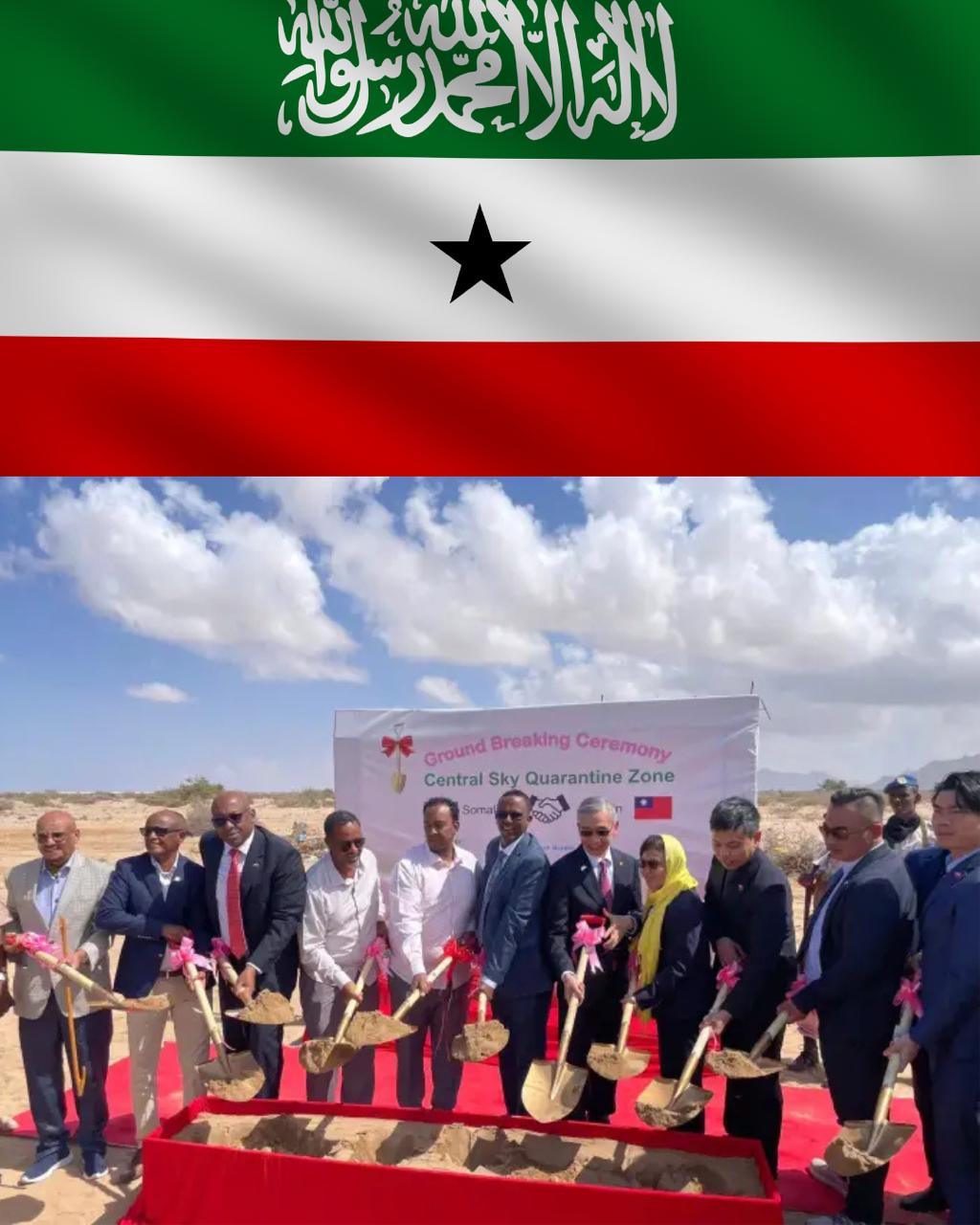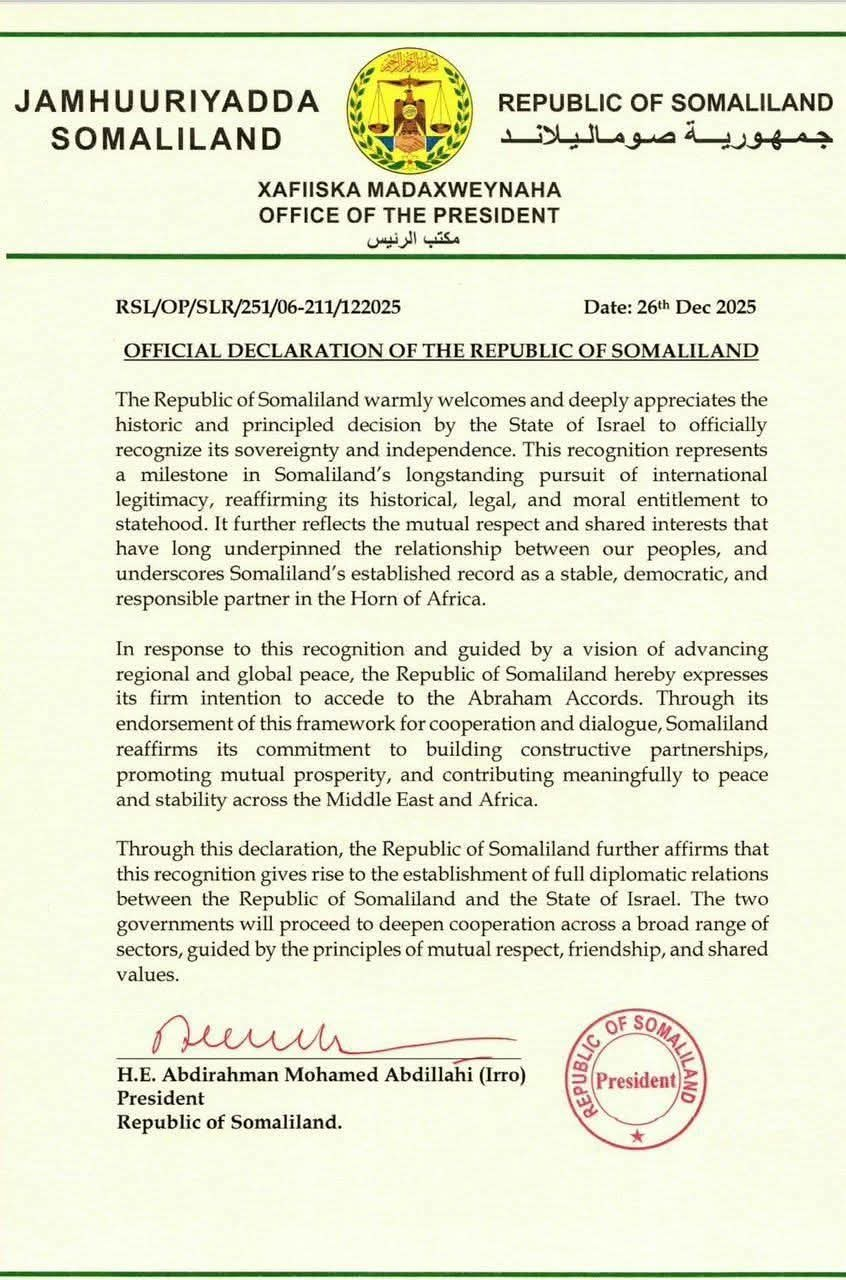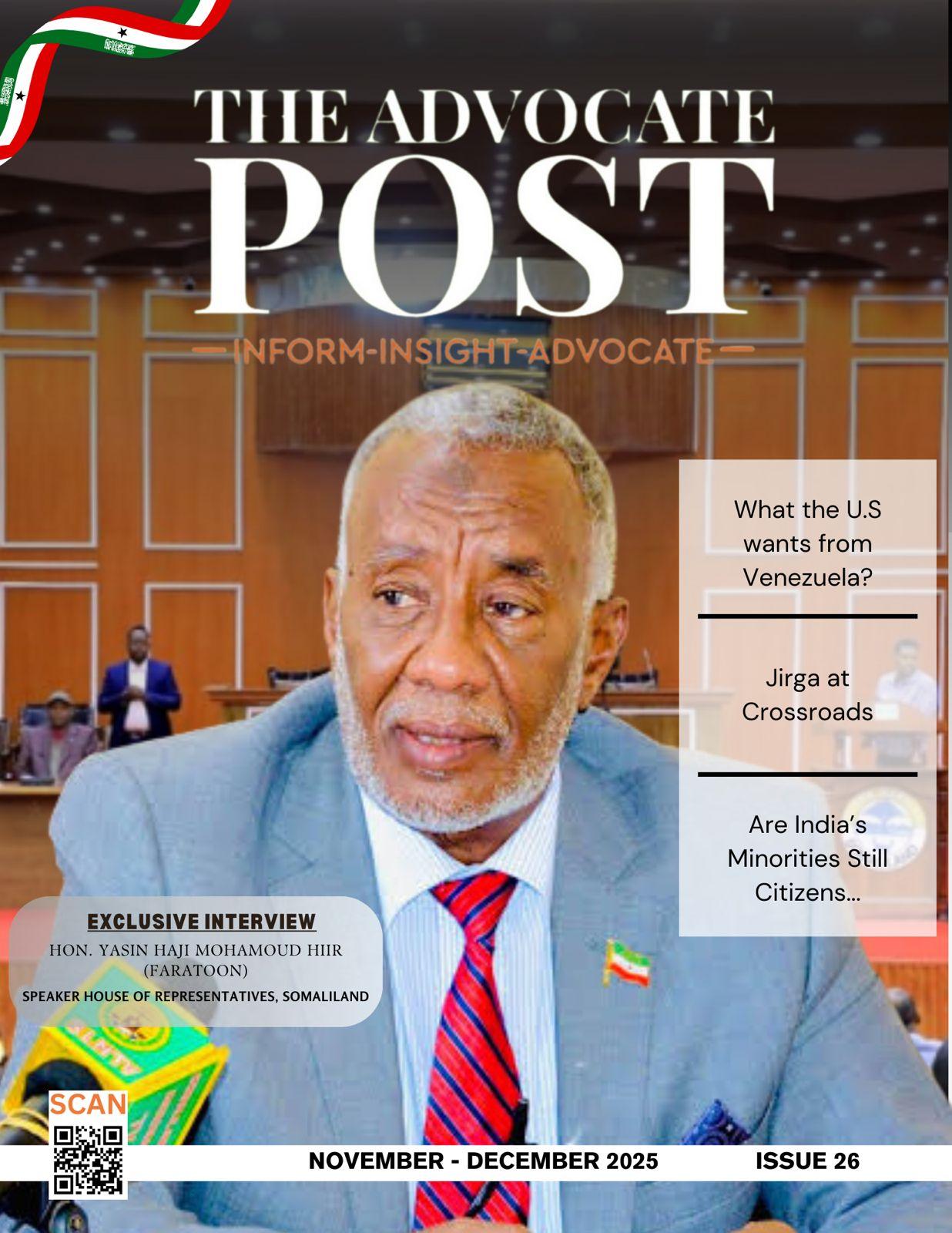By Fatima Ghufran (Pakistan)
Despite a deep well of history and heritage, Pakistan’s museums remain out of step with the young generation. Is it time to reimagine how we present the past?
Walk into any major museum in Pakistan, whether it’s the grand Lahore Museum, the culturally rich Lok Virsa in Islamabad, or the sprawling National Museum of Pakistan in Karachi, and you will be struck by the same jarring contrast; rooms echoing with silence, galleries frozen in time, and very few young faces. Despite being a country rich with millennia-old heritage, Pakistan’s museums continue to fail the demographic that will one day be its cultural custodians: the youth.
With a youth population making up over 60% of Pakistan’s total, this disinterest is not just unfortunate. It is dangerous. If history feels irrelevant or inaccessible, it risks becoming forgotten. So, why aren’t Pakistani museums resonating with their most vital audience? And how can they change course?
Pakistan is home to several famous museums such as Lok Virsa in Islamabad, Lahore Museum, and the National Museum in Karachi. These museums house treasures that span the Indus Valley Civilization, Gandhara art, Mughal manuscripts, Islamic calligraphy, colonial records, and modern political history. The Lahore Museum, established in 1894 and immortalized in Rudyard Kipling’s Kim, boasts a stellar collection of over 60,000 artefacts including but not limited to Gandharan sculptures, miniature paintings, and sub-continent based artefacts. Lok Virsa Museum in Islamabad preserves the cultural heritage of Pakistan including traditions, poetry, folk music, and regional crafts, while the Pakistan Museum of Natural History offers a glimpse into the country’s biodiversity.
The National Museum in Karachi preserves Quranic manuscripts, coins from ancient dynasties, and relics of political significance. These are institutions rich in content and cultural gravitas. And yet, despite this, they largely fail to attract or inspire the younger generation.
Why the Disconnect?
Museums in Pakistan still operate on a 19th-century model; glass cases, dusty labels, and minimal storytelling. For Gen Z, raised on YouTube, VR tours, and Instagram reels, this format feels obsolete. Digital tools, augmented reality, and interactive exhibits -common worldwide-are largely absent. Globally, museums host youth nights, internships, and school collaborations; in Pakistan, such efforts are rare. Students are seldom invited to curate, give feedback, or engage. Public school students face barriers of cost, transport, language, and intimidating architecture, making museums elitist spaces. With outdated websites and weak social media, most Pakistani museums fail to connect with the youth.
What the Youth Are Saying?
Ask a teenager why they have never been to the Lahore Museum and you’ll likely hear: “It’s boring.” But dig deeper and you’ll find the boredom stems from disconnection, not disinterest. The same youth who can binge watch ten episodes of Dirilis: Ertugrul or scroll through reels explaining Egyptian mythology are clearly capable of historical curiosity. The problem isn’t the past. It’s how we present it.
Egypt’s Model: Preserving the Past, Inspiring the Future
The Grand Egyptian Museum (GEM), Giza
Slated to open fully by 2025, the Grand Egyptian Museum is the world’s largest archaeological museum, built at a cost of over $1 billion. It houses over 100,000 artifacts, including the complete tomb collection of King Tutankhamun, displayed with state-of-the-art lighting, digital interpretation, and interactive storytelling. The museum offers AR/VR experiences, educational workshops, and youth-led exhibitions.
Egypt has digitized much of its heritage and taken it global through blockbuster exhibitions like Tutankhamun: Treasures of the Golden Pharaoh, which drew millions, including young students. The government actively partners with TikTok and YouTube creators, offering behind-the-scenes access. In February 2025, YouTube star Mr Beast was even allowed into restricted tombs at the Pyramids of Giza under Dr. Zahi Hawass’s supervision. The resulting video gained over 212 million views, turning archaeology into viral content and sparking global youth interest. This is exactly the kind of digital innovation Pakistani museums must embrace; storytelling that excites rather than excludes.
And it’s not just social media or VR. Even Hollywood has played a role in reviving historical imagination. The 1999 film The Mummy, starring Brendan Fraser and Rachel Weisz, though a fantasy, was widely praised for its accurate depiction of ancient Egyptian mythology, rituals, and iconography. It proved that entertainment can coexist with respectful historical storytelling, and still thrill young audiences. Pakistan has similar potential, but the storytelling hasn’t caught up.
The Way Forward
Reimagine the Space
Pakistani museums must evolve into engaging cultural hubs. Interactive screens, audio guides in local languages, short documentaries, and QR codes can bring exhibits to life. Seating areas, creative zones, and cafés would make visits inviting, while student-led exhibitions, youth councils, and competitions can give young people ownership. Schools should integrate museum visits into curricula, followed by projects and discussions. Partnerships with universities, tech companies, artists, and media houses, alongside strong social media outreach, can modernize programming. Pakistan does not lack history, it lacks presentation. The challenge is telling our stories in ways that make youth care.
Pakistan doesn’t lack content. It lacks presentation, accessibility, and innovation. The challenge is not whether our history is worth telling. It’s whether we’re willing to tell it in a way that makes young people care.
Let the past echo-not through silence, but through stories.
Author is a Law Student at University of London who writes about Social and National issues of Pakistan.






This Post Has One Comment
I enjoyed reading this article. Thanks for sharing your insights.